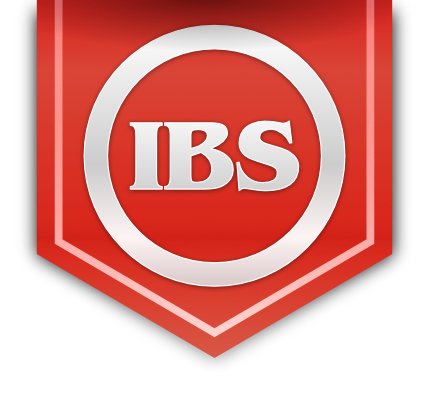Trends and Forecasts for Smart Home Devices
Published: 3.18.2024
The interconnectedness is no longer a vision of the distant future but a tangible reality shaping our present. According to a recent report by TechInsights, the number of IoT devices in smart homes has doubled over the last five years and is expected to double again in the next five years. By 2028, smart home devices are projected to make up 24% of all devices, up from the current 8%.
Excluding enterprise IoT and connected cars, the share of smart home devices in the global IP-connected device market has risen from 17% in 2018 to 32% in 2023, with a forecasted increase to 46% by 2028.
IP-connected devices, which can assign, process, or route IP addresses, facilitate communication and internet access for computers and other network devices. Examples include routers, switches, and modems.
This surge in smart home IP device share comes at the expense of smartphones and tablets. The variety of smart home devices continues to grow, driven by increasing demand for personalized, smart devices. IDC predicts a gradual rebound in demand for smart home devices in the Chinese market in 2024, with a projected 6.5% year-on-year increase in shipments.
The rising number of IP-connected devices in smart homes signifies a significant growth in demand for smart home products, reflecting people's preference for enhancing their quality of life and convenience with these devices.
Conversely, the market share of smartphones, mobile PCs, and tablets is expected to be impacted. While smartphones are projected to grow by 2.3% between 2023 and 2028, the market for mobile PCs and tablets is nearly stagnant, potentially due to a decline in traditional smart device usage as smart home devices gain popularity.
TechInsights predicts that, despite accounting for only 2% and 1.5% of the global connected device market stock, smart speakers and wearable devices will remain stagnant in the coming years. Additionally, while the share of smart-connected cars is expected to double from 2018 to 2028, it will still represent less than 1% of the global base.
The advancement of IPv6 networks has enabled IoT technology, making smart home living feasible. IoT technology allows for the connection of audio-visual systems, air conditioning systems, lighting systems, curtain systems, security systems, and more in a smart network home environment.
As the number of smart home IP devices increases, the growing security challenge goes hand in hand. While interconnection enhances convenience, they also introduce new security vulnerabilities.
IoT vendors are now encouraged to proactively comply with the latest regulations and standards to reduce network security risks and enhance consumer confidence to mitigate the risk of data intrusion.


.png)

